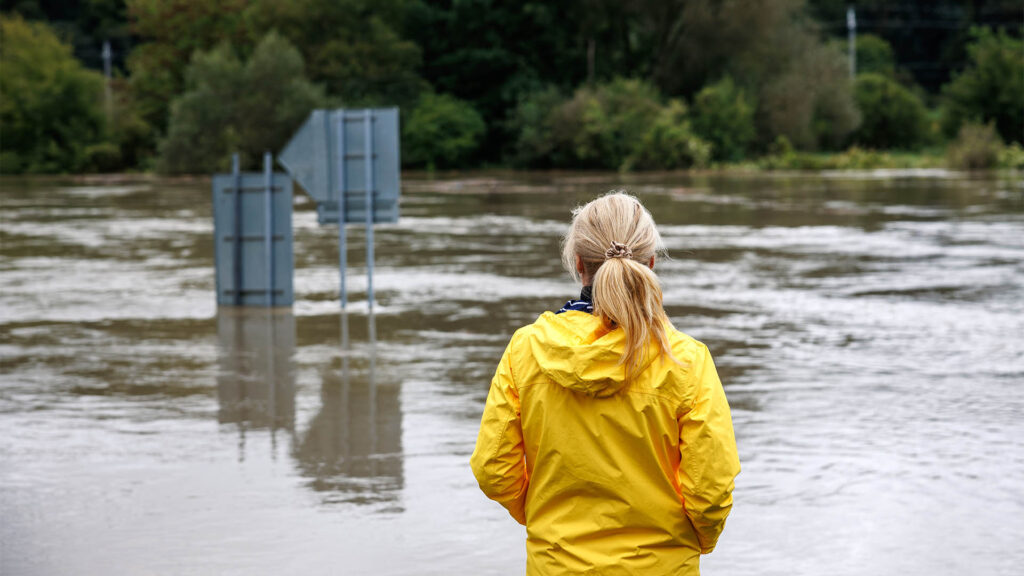America’s 2024 hurricane loss bill looks like being boosted towards more than US$150 billion by Milton’s destructive path through central Florida and potential return to the north-east of the US.
But the damages bill for consumers, businesses and governments at all levels will be much higher because home and property owners in the affected areas have low levels of coverage for flooding events — due to its high cost and many exclusions.
Fitch said insured losses in Florida from Hurricane Milton could be up to $50 billion, which would push insurers’ estimated losses in the state over US$100 billion. Fitch didn’t estimate damage from Helene in the Carolinas, Kentucky and parts of Georgia, which other analysts say would range above US$30 billion.
However, Florida appears to have avoided the “worst-case scenario” outlined by analysts.
Now Fitch analysts are estimating Milton will lead to between US$30 billion and US$50 billion in insured losses, which would be the largest insured loss since Hurricane Ian in 2022.
CoreLogic had earlier put losses from Helen at US$34 billion, while analysts say an earlier hurricane called Francine saw losses of US$1.5 billion in parts of Louisiana, Mississippi and Alabama. In July, Hurricane Beryl caused heavy flooding and millions of dollars of damage in Houston, Texas
The problem for all concerned from these massive storms is that they are striking some of the most insured areas of the world – for storm and rain damage, as well as motor vehicles (property and casualty, as Americans class these types of insurance). What isn’t covered anywhere near as extensively is flood damage because of the cost of insurance and the limited coverage in some parts of the US south and south-east where hurricanes are more prevalent.
So, Helene and Milton will accentuate that situation, meaning total losses will be much higher than the insured estimates.
Ultimate losses will depend in part on the level of demand for the supplies needed to repair and rebuild damaged properties, roads, bridges, railroads and other infrastructure following the storm, which historically can increase insured losses by 20% or more, according to Fitch.
Milton is unlikely to affect the credit of well-capitalised large-rated property, and casualty insurers and global reinsurers, the report noted.
Domestic insurers are also likely to absorb the expected losses through their reinsurance programs, the Fitch analysts wrote. They warned, however, that these state specialists will be exposed should another storm hit the state this hurricane season.
“The Florida homeowners’ insurance market’s precarious position will weaken further with the destruction generated by Milton.”
The costs to insurers won’t emerge until next year, when they start setting up their reinsurance plans for 2025 and 2026. Capacity will be hit, especially if there are any more storms in the next six weeks.
A bad storm and cyclone seasons in northern Australia in the next six months could also add to the reinsurance capacity pressures here next year.

